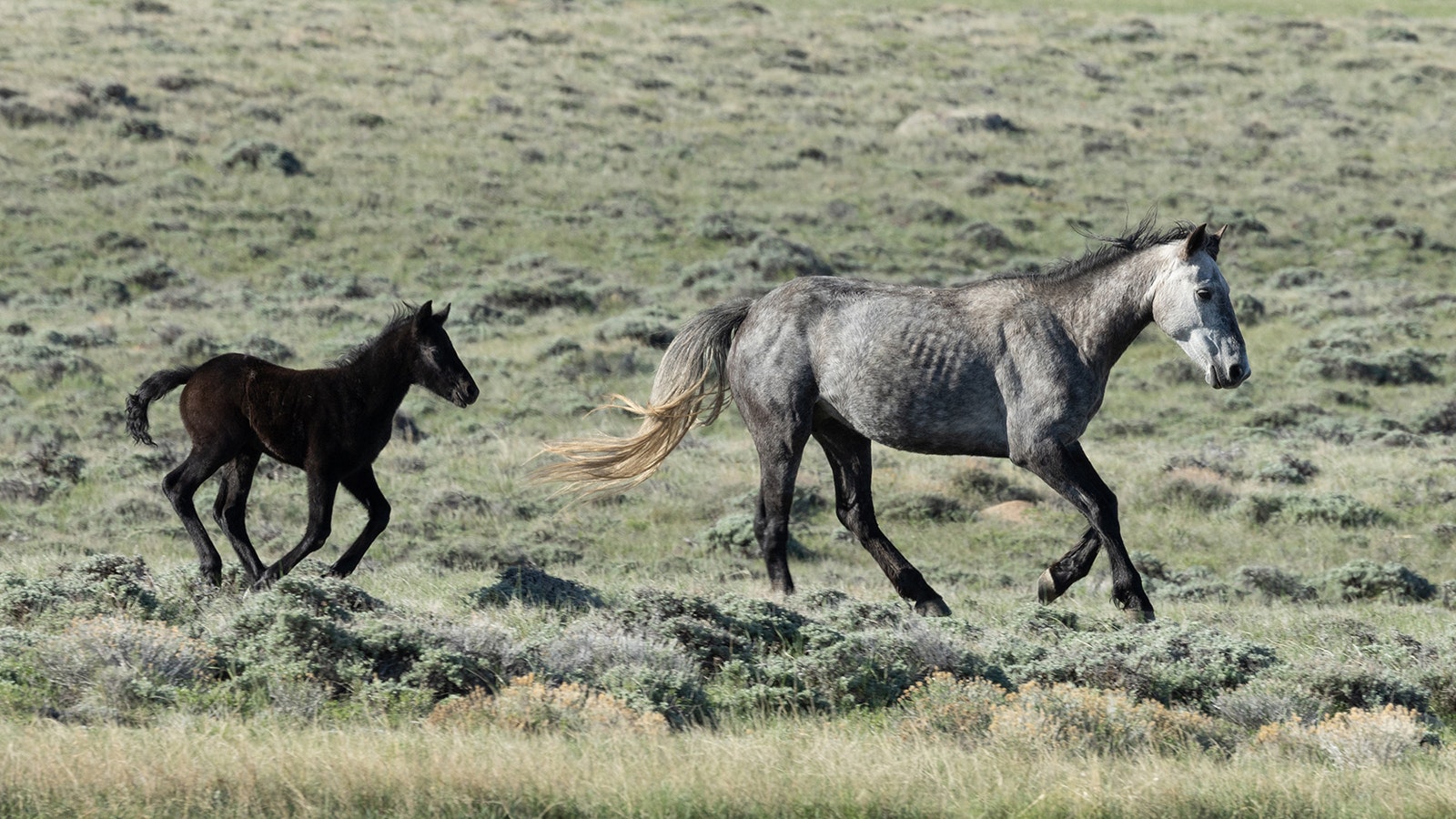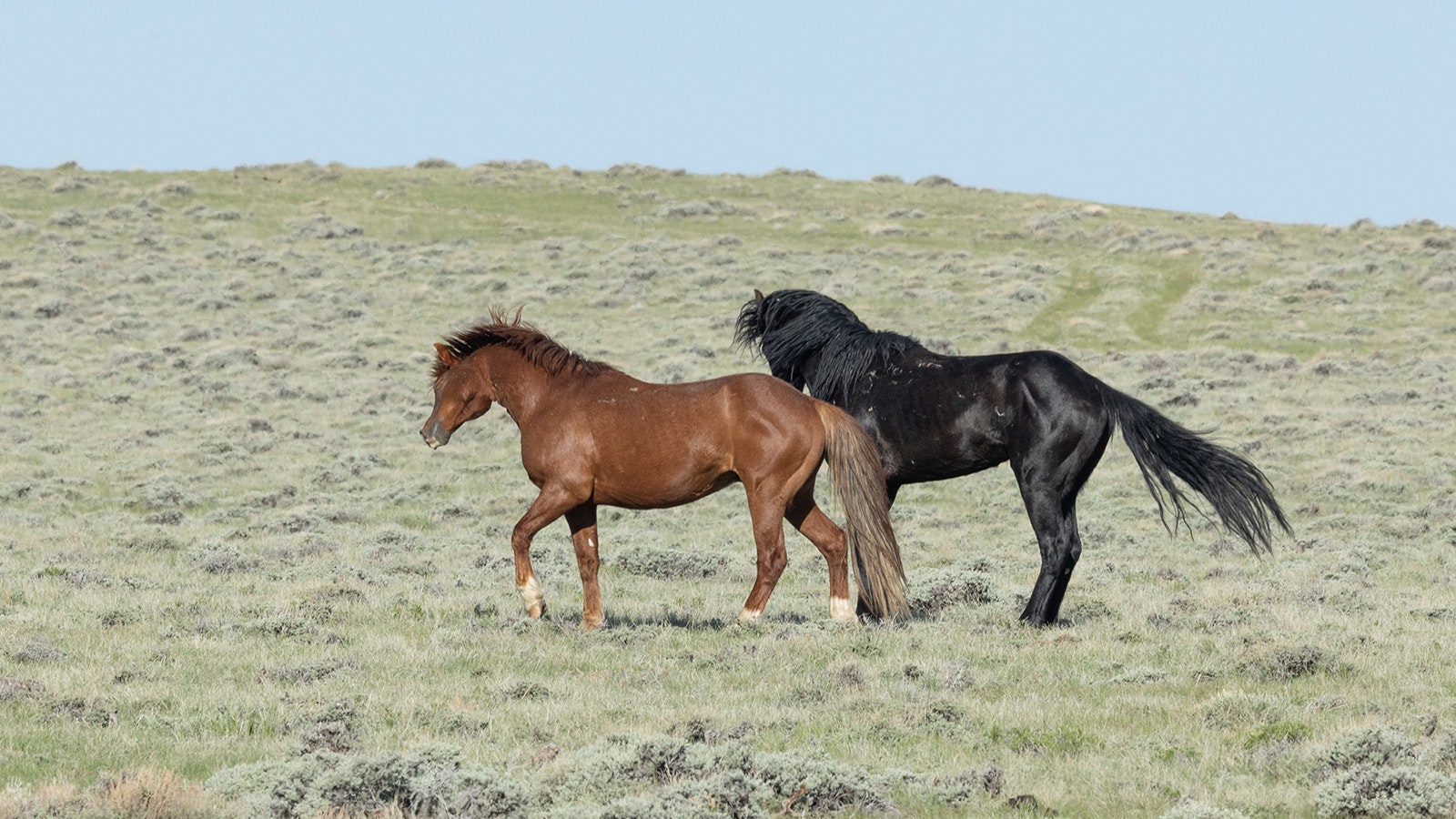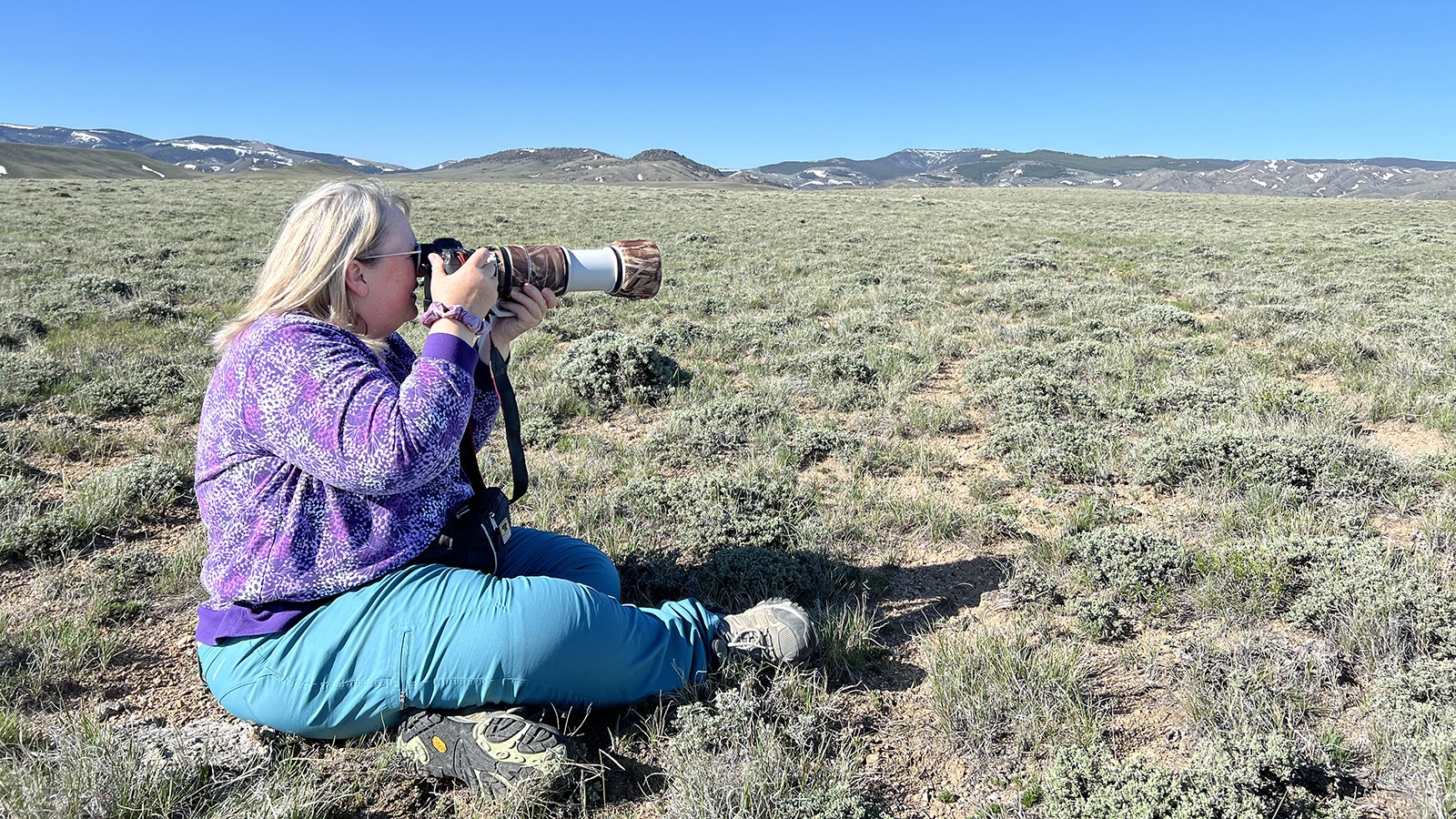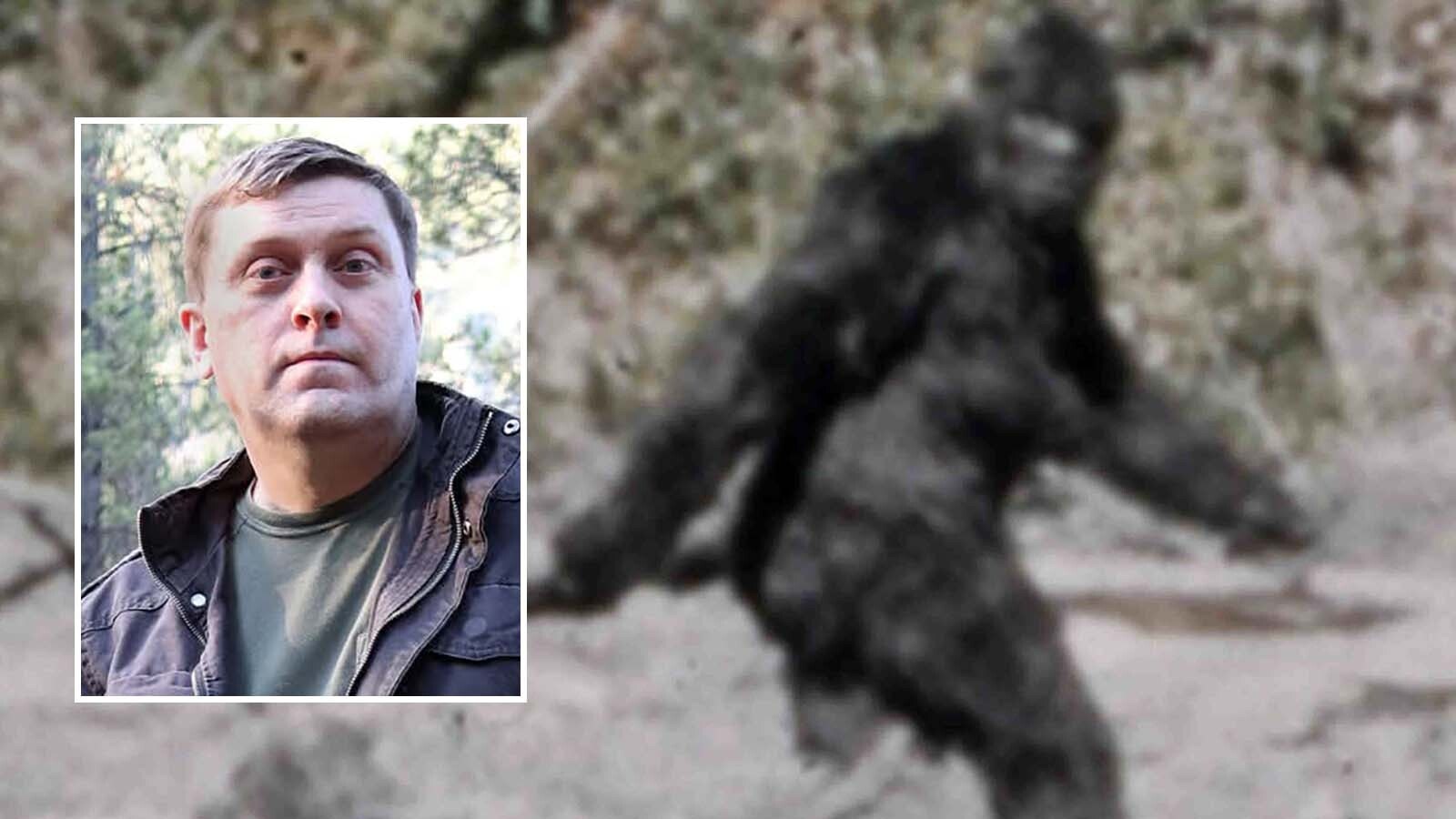JEFFREY CITY -- U.S. Highway 287 near Jeffrey City is pure Wyoming: isolated, with only sparse traffic and vast vistas stretching impossibly far on either side.
Pull off the highway onto one of the side roads that provide accesses to huge sections of federal land just outside of Jeffrey City, and the hum of tires on asphalt and the drone of an engine running at high rpms is replaced by the crunch of vulcanized rubber on dirt.
Stop, turn off the engine and exit the vehicle and — at least on a pleasant spring day — a cloak of silence descends under an endless sky, with just a hint of wind.
On a sunny day this week, that quiet was interrupted by an unmistakable sound: The thunder of hooves.
A band of wild mustangs led by a brown stallion galloped toward another smaller band. The second group included a black stallion, a mare and her yearling colt.
As the groups drew abreast of each other, the brown stallion peeled off, and the black stallion went to meet him. With their heads and tails held high in displays of bravado, they came together. After tussling for a short while amid grunts and squeals, they parted, and the two groups went their separate ways.
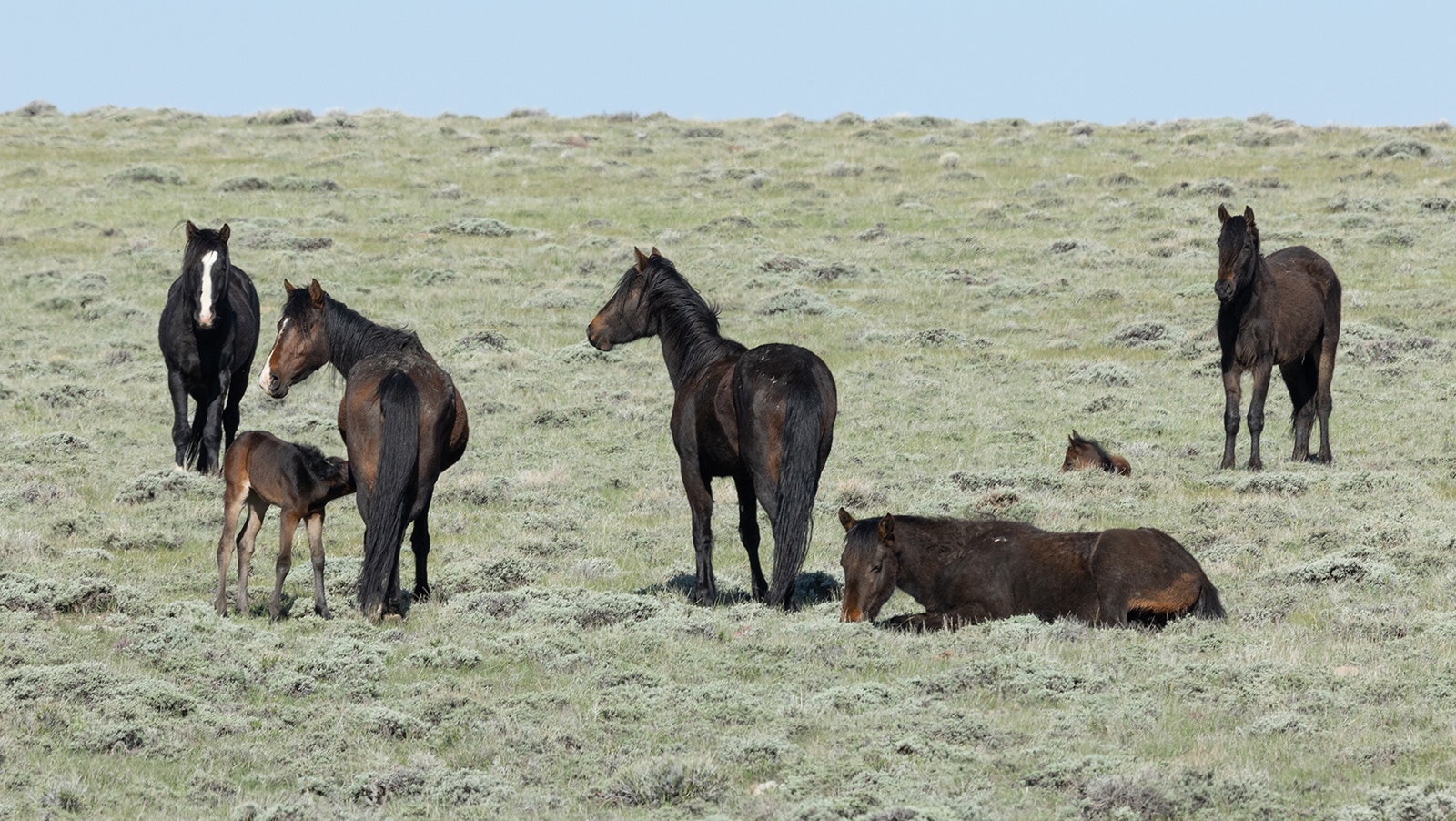
‘Family Groups’
“I think those two must know each other, that wasn’t too serious,” Carol Walker said of the tussling stallions.
Walker lives in Longmont, Colorado, and has for years been coming to Wyoming to observe and photograph Wyoming’s wild mustangs. The horses live in herd management areas (HMAs) controlled by the Bureau of Land Management.
The mustangs near Jeffrey City live amid a complex of several HMAs that totals roughly 700,000 acres in central Wyoming. The two tussling stallions were amid numerous bands of horses scattered across the range near the foot of Green Mountain.
The mustangs usually live in “family groups” led by a stallion, with a bevy of mares and their offspring, Walker said.
As the morning wore on, some of the horses flopped down in the brush to sun themselves. Young foals, some only days old, followed their mothers, occasionally nursing.
Hard Winter Takes Its Toll
Foals are usually born between April and July, although some can come along as late as September, Walker said.
There’s a noticeable shortage of foals among the Green Mountain Mustangs this spring, she said. There are several foals per family group during a typical May, but this year each group had only one or two.
A harsh winter is probably to blame, Walker said.
“There aren’t many foals this year,” Walker said. “The winter was so harsh, I think many mares absorbed their fetuses or maybe aborted them.”
Brutal winter conditions killed thousands of big game animals elsewhere in Wyoming.
Despite their low birth rates this spring, the Green Mountain mustangs seem to have pulled through the winter fairly well, Walker said.
“These horses look healthy,” she said. “With their hooves, horses are usually good at pawing down through snow to get to food.”
However, in HMAs farther north there have been reports of mass winter die-offs among mustangs, Walker said. The snow there got so thick, even the horses couldn’t get through it, so they starved in large numbers.
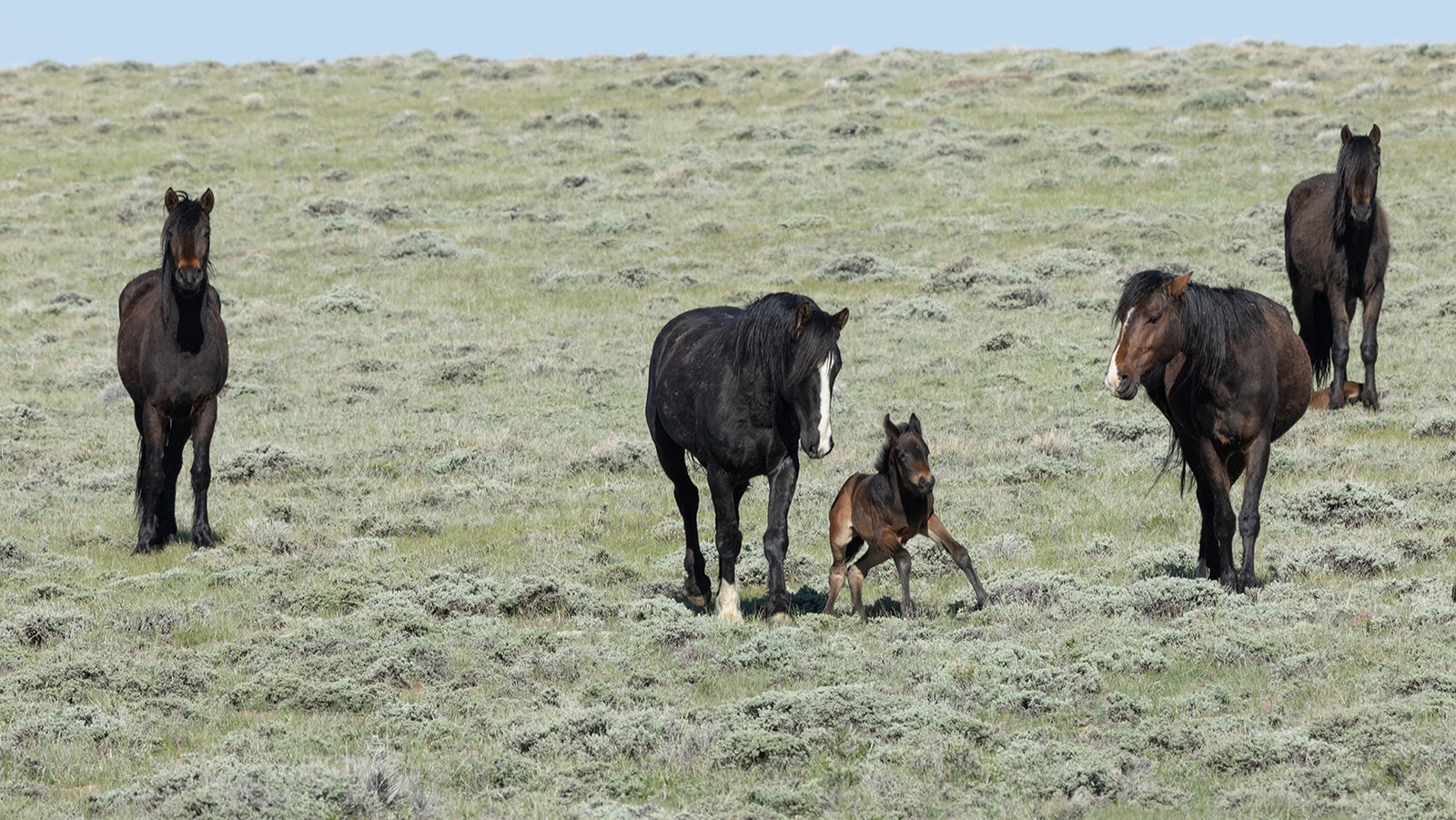
Center Of Controversy
Things were peaceful and quiet on the open range as the mustangs went about their business. But political controversy has raged around the horses for decades and shows no sign of letting up.
The primary point of argument is whether they’re wild animals or a feral invasive species.
Wild horse advocates like Walker insist that they’re wild and should be managed and protected like any other wildlife. Advocates argue that the mustangs have lived free on the range for hundreds of years and are well-adapted to the habitat.
And though today’s mustangs descended from horses brought to North America by European explorers and settlers, advocates say they aren’t all that different from horses that previously lived wild on this continent.
It also can be argued that unbroken lines of horse heritage go back to ancient times, Walker said. That’s because Native American oral history suggests that there were wild horses here before Europeans arrived, so the original North American horses might not have died out completely.
However, others say that all the evidence shows that North American horses died out. They argue that the European horses, as well as their mustang descendants, are a different species that has been hard on habitat.
Some argue that the mustangs out-compete truly native species, such as mule deer, for habitat, forage and water.
Most recently, the American Wild Horse Campaign — along with other groups and individuals, including Walker — filed a lawsuit against the BLM. They claim that the agency’s mustang roundups are cruel and costly to taxpayers.
Roundups And Adoptions
The BLM frequently culls herds by rounding up mustangs from the HMAs. The horses are driven by helicopters into trapping pens. From there, they are taken to holding pens, such as a large facility outside of Wheatland.
Some mustangs are offered for adoption, but many end up languishing in the holding pens for years.
Walker said she’s adopted three Wyoming mustangs, which she keeps mostly as companions. Adopted mustangs make for superb trail horses or ranch horses because “they’re so tough and sure-footed,” she said.
And while humans might never be through squabbling over mustangs, the horses themselves seemed content with their lives outside of Jeffrey City.
Near the highway on the way back out of the HMA, a group of mustangs lingered in the middle of the dirt road, pawing at the surface and licking the exposed minerals. They seemed only mildly annoyed as humans approached to take photos and videos, and slowly ambled back out onto the range.
And once they departed, it was time again for the hum of tires and the drone of an engine along an isolated and seemingly endless Wyoming highway.
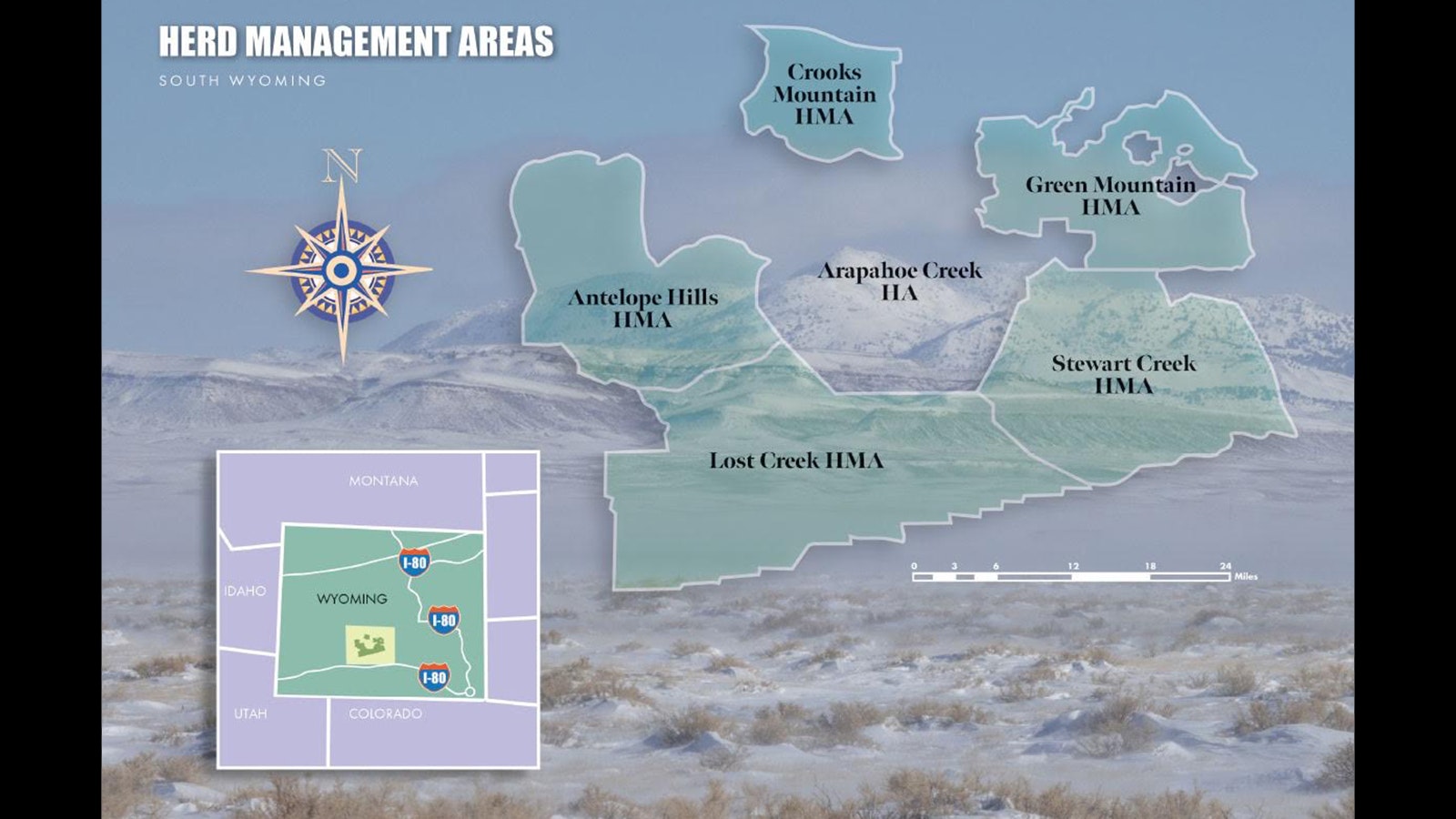
Mark Heinz can be reached at Mark@CowboyStateDaily.com.


